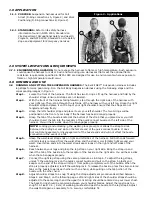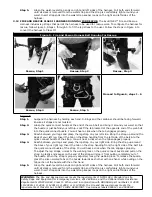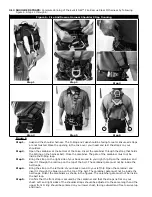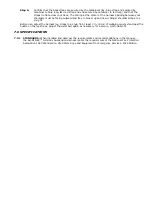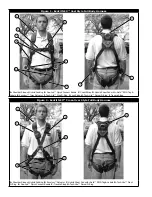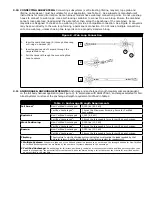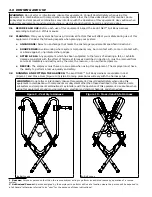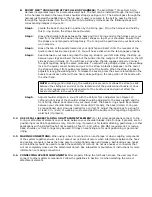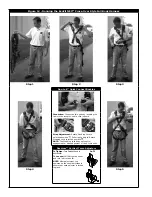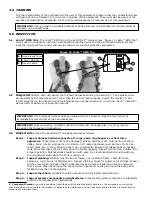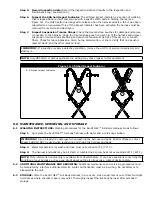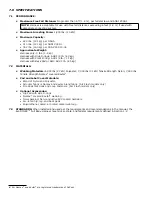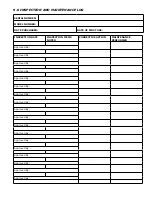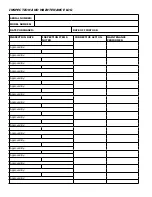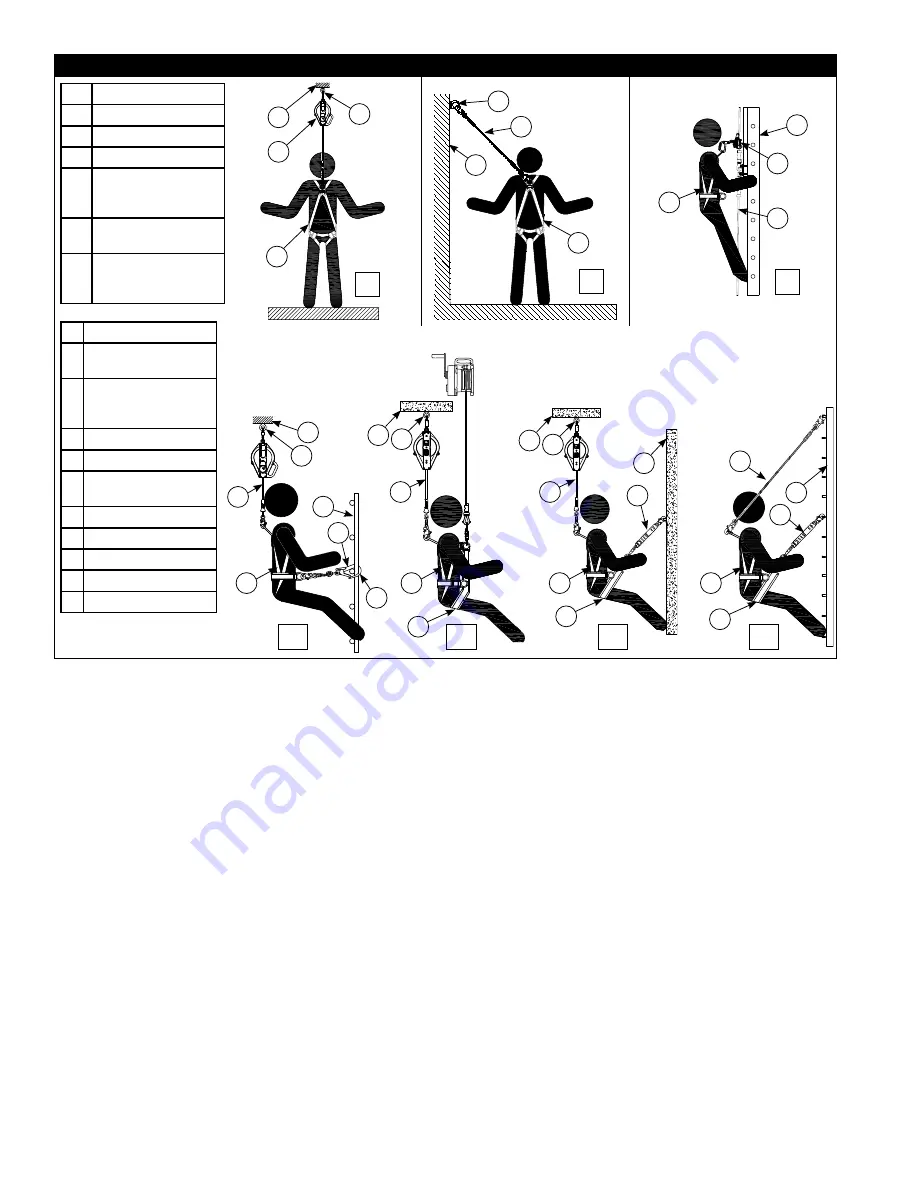
Figure 3 - Applications
1
Fall Arrest
2
Restraint
3
Ladder Climbing
4a
Work Positioning
4b
Work Positioning or
Controlled Descent,
with Seat Sling
4c
Work Positioning,
with Seat Sling
4d
Work Positioning,
with Seat Sling -
Tower Climbing
A
Anchorage
B
Anchorage
Connector
C
Connecting
Subsystem (SRL
shown)
D
Full Body Harness
E
Restraint Lanyard
F
Backup Fall Arrest
System
G
Ladder
H
Cable Sleeve
I
Cable
J
Seat Sling
K
Tower Structure
1
A
B
C
D
2
A
B
A
E
3
G
H
I
D
E
F
B
A
A
B
D
4a
4b
4c
4d
D
A
B
F
A
B
F
A
J
J
J
K
E
D
D
E
E
1.3 TRAINING:
This equipment is intended to be used by persons trained in its correct application and use. It is the
responsibility of the user to assure they are familiar with these instructions and are trained in the correct care and use
of this equipment. Users must also be aware of the operating characteristics, application limits, and the consequences of
improper use.
2.0 SYSTEM LIMITATIONS & REQUIREMENTS
Consider the following limitations/requirements prior to installing or using this equipment:
2.1 CAPACITY:
ExoFit NEX™ Full Body Harnesses are designed for use by persons with a combined weight
(clothing, tools, etc.) of no more than
420 lbs. (191 kg) per OSHA,
310 lbs. (141 kg) per ANSI Z359.1,
or 352 lbs. (160 kg) per CSA Z259.10-06. Make sure all of the components in your system are rated to a
capacity appropriate to your application.
2.2 FREE
FALL:
Personal fall arrest systems used with this equipment must be rigged to limit the free fall to 6
feet (1.8 M) per ANSI Z359.1 (see Section 7.1). Restraint systems must be rigged so that no vertical free
fall is possible. Work positioning systems must be rigged so that free fall is limited to 2 feet (.6 m) or less.
Personnel riding systems must be rigged so that no vertical free fall is possible. Climbing systems must
be rigged so that free fall is limited to 18 in. (.46 cm) or less. Rescue systems must be rigged so that no
vertical free fall is possible. See subsystem manufacturer’s instructions for more information.
2.3 FALL
CLEARANCE:
Figure 4 illustrates fall clearance requirements. There must be suf
fi
cient clearance
below the user to allow the system to arrest a fall before the user strikes the ground or other obstruction.
Clearance required is dependent on the following factors:
•
Elevation of Anchorage
•
Connecting Subsystem Length
•
Deceleration Distance
•
Free Fall Distance
•
Worker Height
•
Movement of Harness Attachment Element


